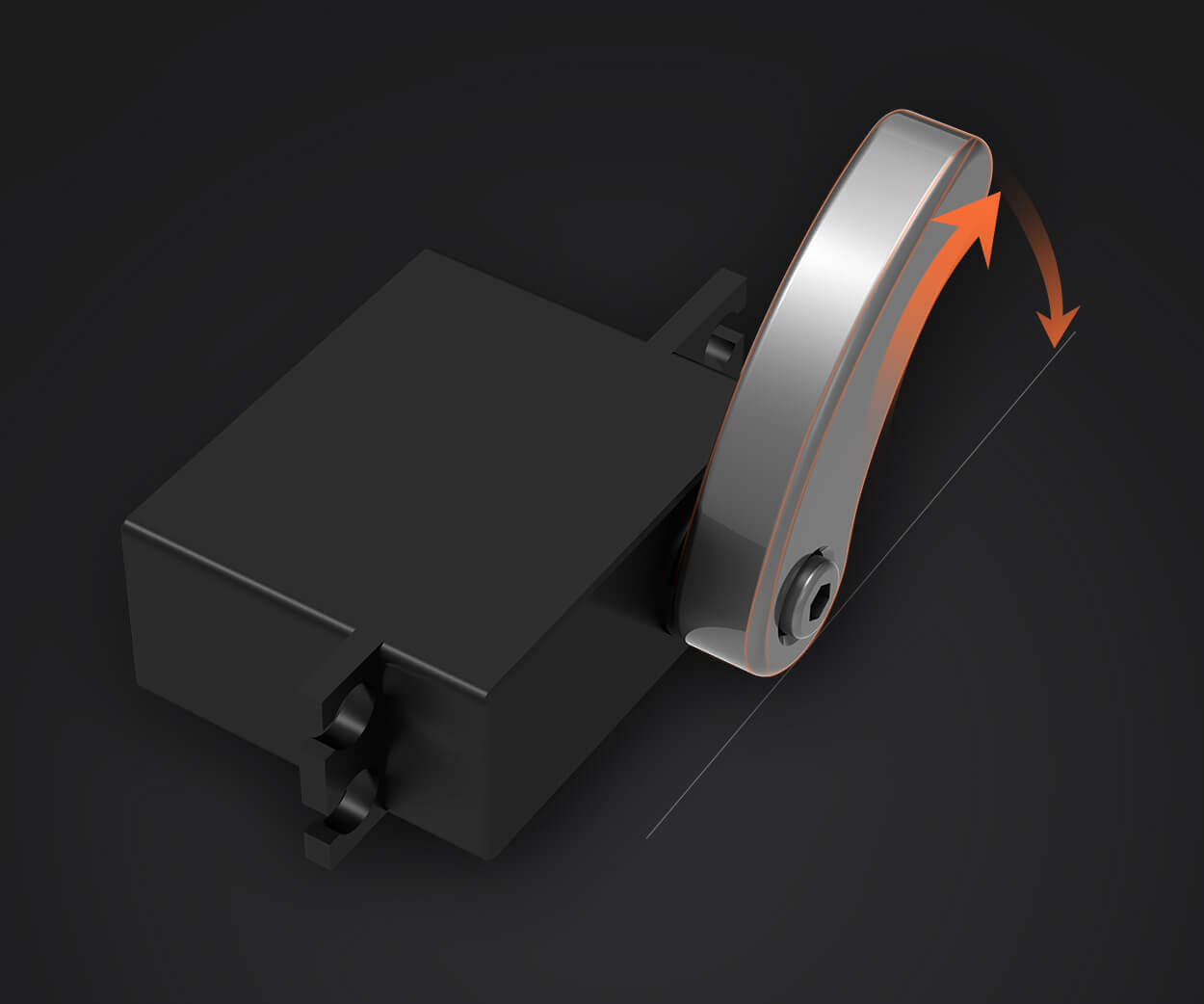Ever wanted to fine-tune the speed of a servo motor just like dialing in the perfect tempo? That’s where controlling servo speed with Arduino steps in — a game-changer for your DIY projects or even small-scale automation setups. If you’ve tinkered around with robotics or home automation, you probably know how critical smooth, precise movement can be. But static speed? That’s so last decade. Today, it's all about dynamic control, and here’s how you can make it happen.

Imagine this: You’ve got a robotic arm doing pick-and-place tasks. If it moves too fast, you risk knocking over things or damaging fragile objects. Too slow, and productivity tanks. The sweet spot? Speed control that adapts on the fly, and that’s what you get with an Arduino controlling a servo. No fancy heavy equipment needed—just a simple setup with a potentiometer or a sensor to adjust speed easily.
Here’s how to think about it: The key isn’t just sending signals to the servo, but modulating those signals to control how fast or slow it responds. It’s like shifting gears in a manual car. Instead of just telling the servo to go from zero to 180 degrees instantly, you gradually shift the voltage or PWM signal, creating a smoother, more controlled motion. It’s this blending of hardware and programming that unlocks the real potential.
Many folks stumble here. They wonder, “Can I really tweak the speed without messing up the servo?” Absolutely, provided you use the right coding strategies—think about adjusting the delay between commands or modulating PWM signals. The cool part? You don’t need to claw through complex code. Even a simple variable that changes based on user input can make a massive difference. So, if you’re after precise control, it’s all about smart timing, careful coding, and choosing the right components.
You might ask: Is this system compatible with all servo types? Mostly, yes. Standard servo motors work seamlessly, but always check the voltage ratings and torque specifications. The control method—changing PWM duty cycle—remains universal. Plus, integrating sensors like potentiometers or even accelerometers can give you real-time feedback, making control even more fluid.
Let’s say you want to set up a beginner-friendly project. Just connect a potentiometer to an Arduino analog input, read its value, map that range to a PWM signal, and feed it to your servo. Suddenly, you’re the maestro conducting a symphony of precise movements, with no abrupt jerks or stalls. The process sounds simple, but the impact on your project is huge.
Curious about how smooth your control can really get? Well, that depends on your code finesse and hardware. A little tweak in delay times and PWM adjustments can turn jerky motions into ballet-like grace. It’s almost addictive turning simple code into magic—watching a robotic arm glide effortlessly across a workspace.
So, if you’re looking for an easy, effective way to control servo speed on Arduino, you’re in the right place. Putting the right code into play transforms basic servo operation into a finely tuned machine. Whether for robotics, camera gimbals, or automated systems, this approach opens up endless possibilities for innovation and precision. Once you get the hang of it, controlling speed becomes second nature—and your projects will never move the same way again.
Established in 2005, Kpower has been dedicated to a professional compact motion unit manufacturer, headquartered in Dongguan, Guangdong Province, China. Leveraging innovations in modular drive technology, Kpower integrates high-performance motors, precision reducers, and multi-protocol control systems to provide efficient and customized smart drive system solutions. Kpower has delivered professional drive system solutions to over 500 enterprise clients globally with products covering various fields such as Smart Home Systems, Automatic Electronics, Robotics, Precision Agriculture, Drones, and Industrial Automation.




































